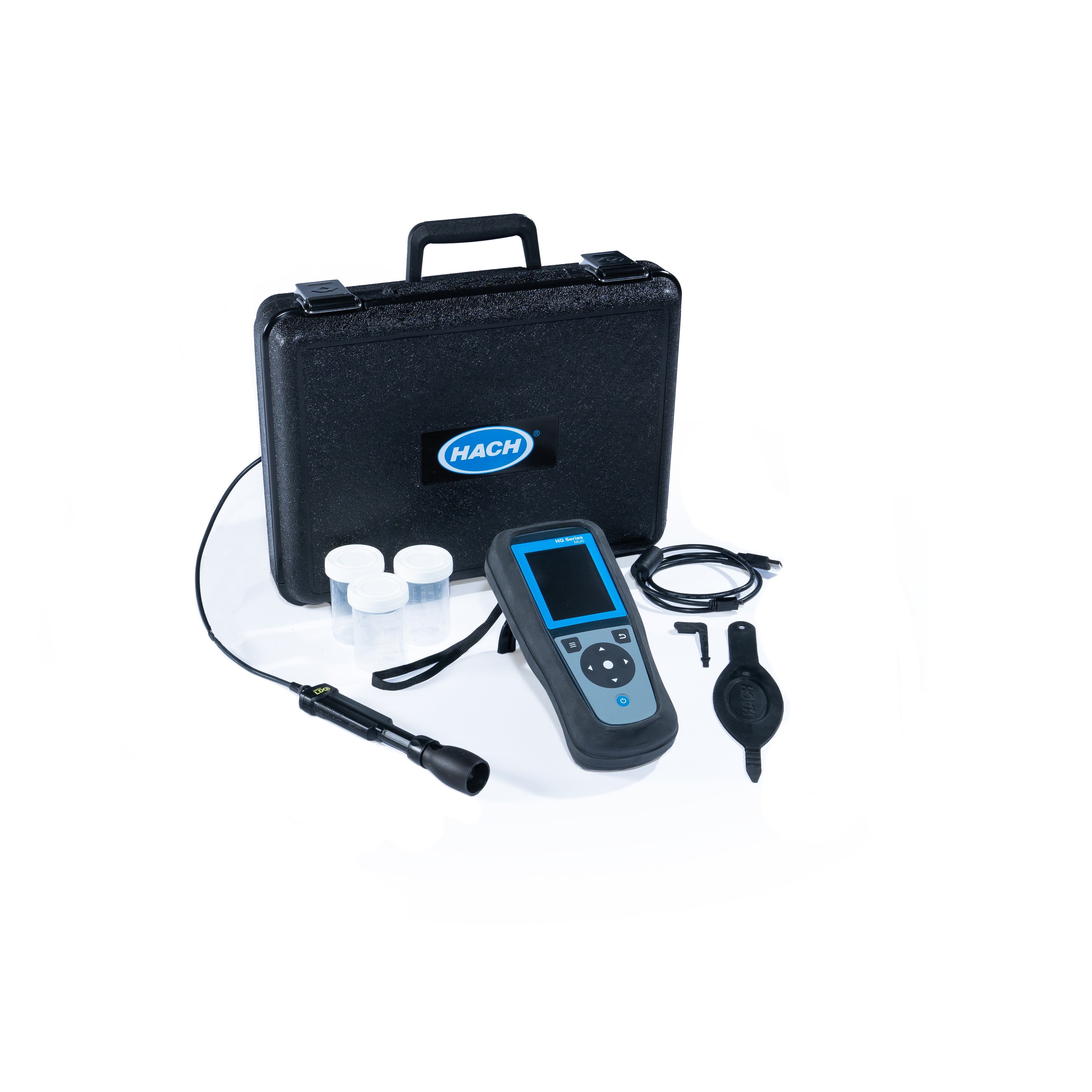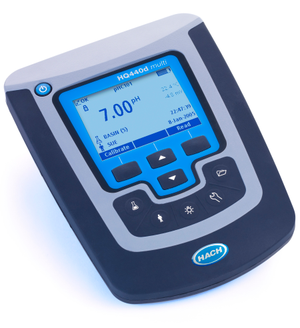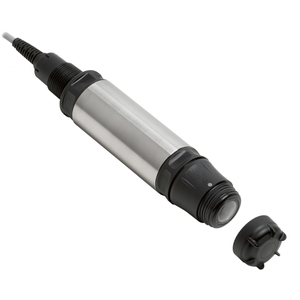
Dissolved Oxygen is a measure of the amount of gaseous oxygen contained in water. Healthy waters that can support life must contain dissolved oxygen (DO).
In everything from aquariums to laboratories to beer breweries, the ability to quickly and accurately measure DO is crucial in the monitoring and maintenance of water quality. Improper DO levels can cause oxidation that damages equipment and compromises product.
Hach® offers a comprehensive range of meters, probes, test kits, reagents, resources and more to successfully monitor and manage dissolved oxygen levels in your specific process application.

Both lightweight and durable, Hach portable dissolved oxygen meters provide on-the-go monitoring that you can rely on in even the most challenging conditions.

The rugged and durable HQD Laboratory Meters are designed to give drinking water and wastewater professionals the greatest confidence and flexibility.

Hach offers low maintenance, ready to use online dissolved oxygen sensors for accurate measurement in a variety of applications including drinking water, power plants, and beverage production.

Hach’s portable test kits and reagents save you time and money by providing you with fast, accurate results when and where you need them.

Hach’s next generation LDO (luminescent dissolved oxygen) Probe requires no calibration for the entire 2-year life of the sensor cap, which means it is ready to start measuring your DO from 0 to 20 ppm right out of the box.
There are numerous reasons to measure and maintain proper DO levels. While they vary across applications, the most common reasons are as follows:
Influent water entering a facility usually has a low DO concentration because it contains organics and microorganisms, which consume oxygen while feeding on the organics.
Monitoring DO helps promote efficiency in aeration basins. By using online DO measurement equipment, a facility can reduce energy costs by adjusting aeration to match the DO required by the organic load. Continuous measurement and adjustment ensure that the microorganisms have enough oxygen to consume organics while allowing the facility to conserve energy by reducing aeration when possible.
DO levels need to be replenished in effluent water leaving the facility to meet minimum DO level requirements to protect ecosystems and to comply with regulatory discharge permits. These regulations ensure that effluent water does not deplete oxygen levels in receiving waterways.

As DO is a dissolved gas, it must be measured on site, ideally in the body of water. Drawing a grab sample introduces atmospheric oxygen and temperature changes interfering with the accuracy of the measurement.

This method uses light and luminescent material to measure DO. These electrodes require less maintenance, hold calibration, are not affected by hydrogen sulfide or other dissolved gases. They offer accuracy, stability and reproducibility at fast response times.
This method utilizes Galvanic or Clark-type electrodes (anode and cathode in an electrolyte solution) to measure DO. To ensure accuracy the electrodes require frequent calibration and water samples must be gently stirred.

Indigo carmine reacts with the DO in the water producing a blue color proportional to the DO concentration. The blue color can be visually compared to a chart or read with a colorimeter or spectrophotometer. This method is portable and suitable for field-use but it has limitations. The water must be transparent and free of particulates.

This method is performed by adding chemicals (manganese, iodide and hydroxide) to water samples to create a reaction with the DO that forms an acidic solution. The amount of alkali reagent required to neutralize the acid with titration, indicates how much DO was in the original water sample. Though it is considered a traditional method in some areas, it is time consuming and subject to human error. No online instrumentation exists for this method.
Contact us for tech support, service, sales, or to get a quote.